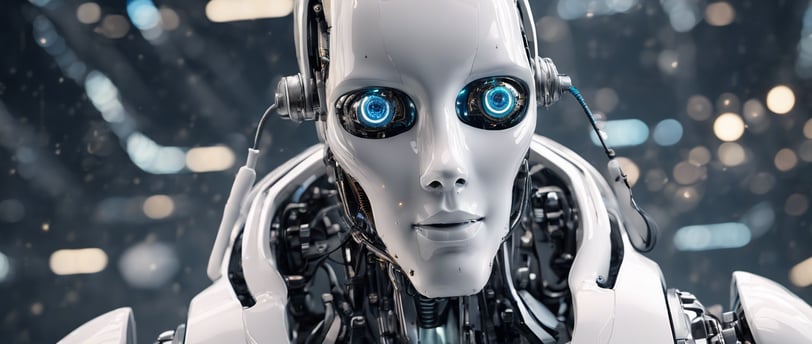GPT The Second Wave of Generative AI: Revolutionizing Video Production
4/9/20242 min read


In the rapidly evolving landscape of artificial intelligence, the emergence of generative AI technologies has been a game-changer, particularly in the realm of digital media. As we move into 2024, the focus has shifted towards the next frontier in generative AI's application: video production. This burgeoning field promises to redefine the creative processes behind filmmaking, marketing, and even training, offering unprecedented opportunities for innovation and efficiency.
The Advent of Generative AI in Video
Generative AI's initial foray into the mainstream captured imaginations with its ability to produce photorealistic images, making technologies like OpenAI’s DALL-E, Stability AI’s Stable Diffusion, and Adobe’s Firefly household names. The logical next step in this progression is the leap from still images to moving pictures (Technology Review). The concept of text-to-video, where generative models create video content based on textual descriptions, has evolved from producing distorted, jerky clips to generating videos of a few seconds that boast remarkable quality.
Implications for the Film Industry
The film industry, always on the lookout for innovative methods to reduce costs and enhance creative output, has begun to explore the potential of generative AI. Big players such as Paramount and Disney are investigating how these technologies can be incorporated into their production pipelines. From lip-syncing actors in various languages to groundbreaking special effects, generative AI is set to transform the traditional filmmaking landscape. The 2023 movie "Indiana Jones and the Dial of Destiny" showcased a de-aged deepfake Harrison Ford, hinting at the vast possibilities this technology holds for the industry (Technology Review).
Beyond Hollywood: The Wider Applications
Generative AI's impact extends beyond the silver screen. In marketing and training, for instance, deepfake technology enables the creation of realistic avatars from a single performance, vastly multiplying the scalability of content production. This has significant implications for businesses seeking to create a more personalized experience for their audience or to provide extensive training materials without the need for repeated live sessions.
Challenges and Ethical Considerations
As with any revolutionary technology, the integration of generative AI in video production raises important ethical and practical questions. The fidelity of deepfakes and the potential for misuse in creating misleading or harmful content are concerns that the industry and regulators will need to address. Moreover, the impact on the job market, particularly for actors and those in special effects, is an area of ongoing debate.
Looking Ahead
The path forward for generative AI in video production is both exciting and fraught with challenges. The technology's ability to democratize content creation, reduce production costs, and open new avenues for storytelling is undeniable. However, it is imperative that ethical guidelines and quality standards are established to harness this power responsibly.
As we continue to explore the capabilities and implications of generative AI, the landscape of visual media is set to undergo profound changes. From indie filmmakers to major studios, the race is on to explore how these technologies can be leveraged to create compelling, innovative content that captivates audiences worldwide.
In conclusion, the integration of generative AI into video production marks a significant milestone in the evolution of digital media. As we stand on the brink of this new era, the potential for creativity and innovation is limitless. Yet, it is crucial that this journey is navigated with a keen awareness of the ethical and practical challenges that accompany such disruptive technologies.

